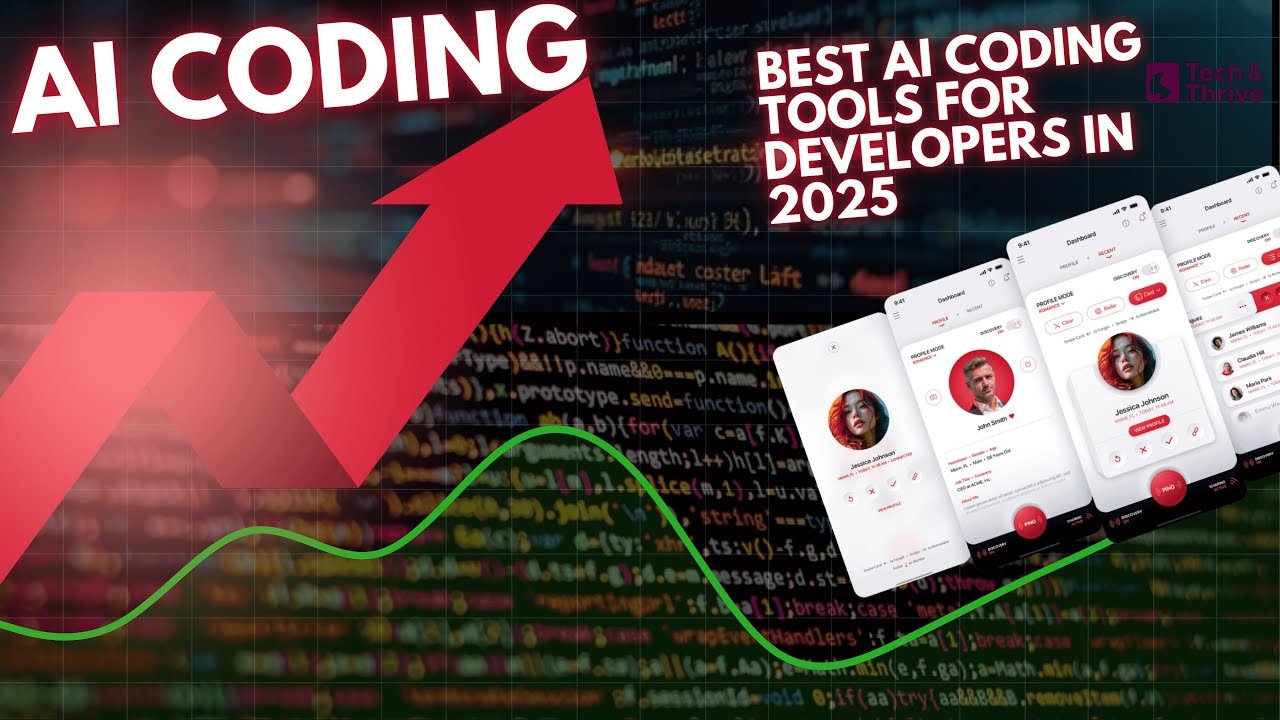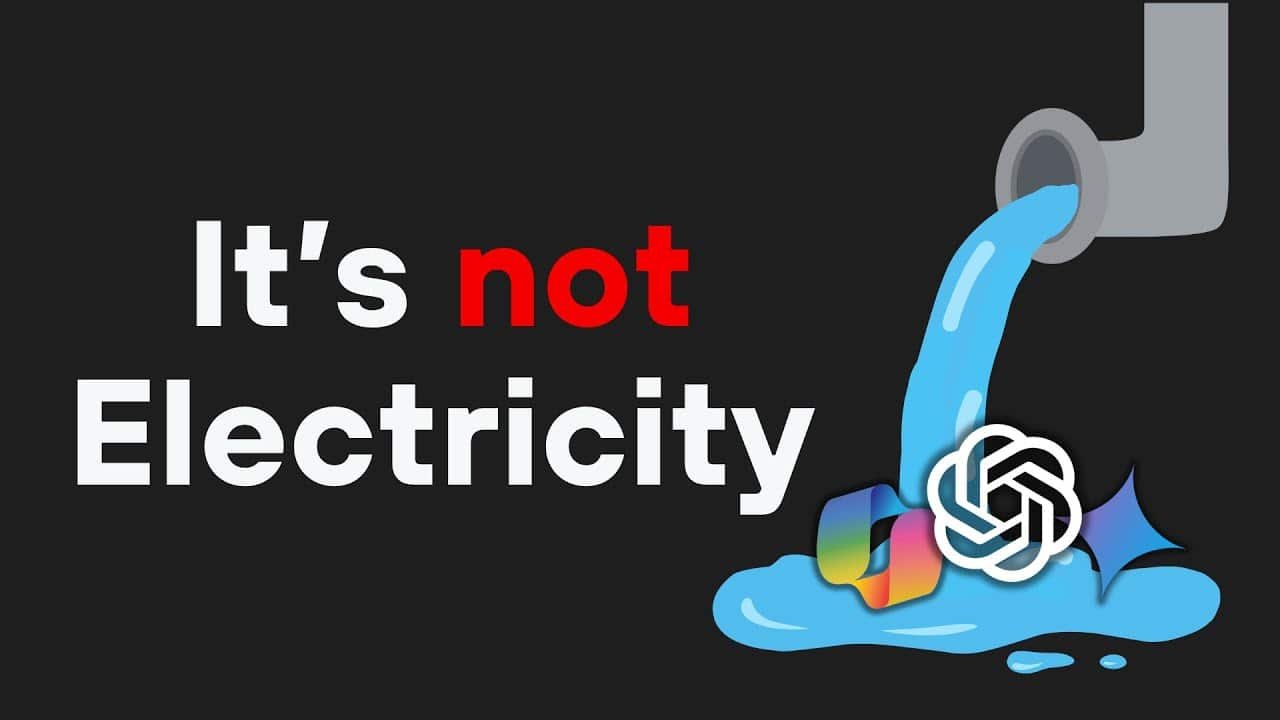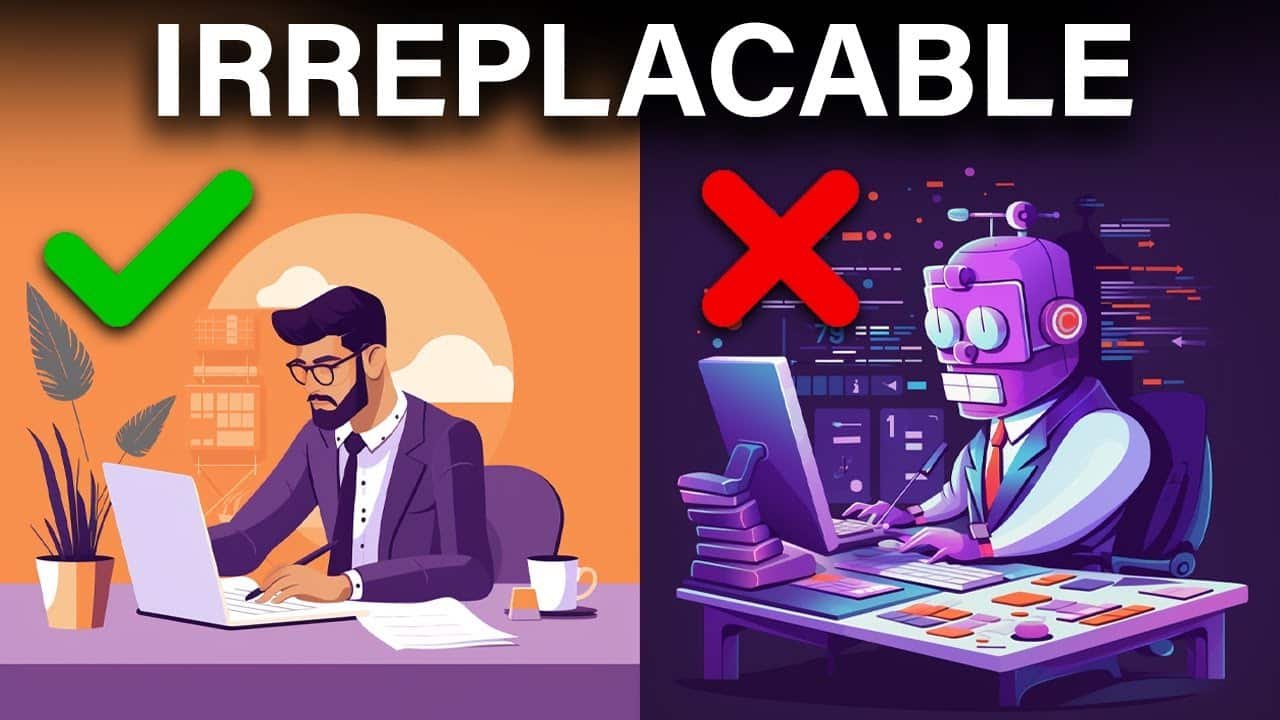Jesus Christ Shroud of Turin AI: Unveiling the True Face of Jesus?
Ever since I first saw the Shroud of Turin in a documentary, I couldn’t stop wondering—could this really be the burial cloth of Jesus Christ? The faint outline of a bearded man, the wounds that mirror crucifixion, and the mystery behind how the image got there—it’s all both haunting and fascinating. But now, with AI stepping into the story, things just got even more surreal.
In today’s world where artificial intelligence can paint, predict, and even resurrect voices from the past, one question popped into my head: What happens when we let AI take a crack at recreating the true face of Jesus from the Shroud of Turin? This isn’t just about tech—this is about faith, history, and humanity.
So I went down the rabbit hole. I explored what the Shroud of Turin actually is, how people have studied it over the years, and how AI is now being used to reveal the face of Jesus from the shroud. What came out of this journey was both mind-blowing and deeply personal.
If you’ve ever been curious about the image of Jesus from the Shroud of Turin, and whether AI can uncover something we’ve never truly seen before—you’re in the right place. Let’s dig into the mystery, the science, the faith… and maybe, just maybe, see the face of Jesus like never before.

1. What Is the Shroud of Turin?
I still remember the first time I came across the term Shroud of Turin—it was during a late-night deep dive on historical relics. At first glance, it looked like just an old piece of cloth. But the more I read, the more it pulled me in. Turns out, this isn’t just any linen—it’s a 14-foot long fabric believed by many to be the burial cloth of Jesus Christ.
What’s fascinating is the faint image visible on the cloth. It’s of a man who appears to have endured severe trauma—wounds on the hands, feet, and side, just like what’s described in the crucifixion accounts. This eerie, almost ghost-like imprint is why millions believe the image of Jesus from the Shroud of Turin is something far more than coincidence.
Today, the Shroud is carefully preserved in the Cathedral of Saint John the Baptist in Turin, Italy, and it’s only displayed to the public on rare occasions. Whether you’re deeply religious or just curious, there’s no denying the emotional and historical weight this object carries.
And now, with the help of AI technology, we’re able to generate the face of Jesus from the Shroud with a clarity that was never possible before. Whether it brings comfort, awe, or even more questions—it’s a fusion of faith and technology that deserves a deeper look.
📌 Related reading: Can AI Predict Earthquakes? Thailand | Myanmar 2025 Quakes
2. Is the Shroud of Turin Real or a Hoax?
To be honest, I struggled with this question myself. Part of me wanted to believe—wholeheartedly—that this was the burial cloth of Jesus, holding onto the image of the man who changed the course of human history. But the skeptic in me whispered: What if it’s just an old trick from the Middle Ages?
And that’s the tension most people feel when they look at the Shroud of Turin. It’s one of the most controversial and studied relics in all of human history. Some call it divine proof. Others dismiss it as a carefully staged medieval hoax.
I still remember reading about the radiocarbon tests from the 1980s. They dated the cloth to somewhere between 1260 and 1390 AD—a blow to many believers. For years, that seemed to close the case. But then something interesting started happening.
In the last few years, Shroud of Turin news has shifted. Scientists have raised doubts about the accuracy of the original dating. Turns out, the part of the cloth tested may have been contaminated by centuries of handling—or worse, taken from a patched corner added during medieval repairs. And now in 2023, new methods like X-ray fluorescence and laser spectroscopy are opening doors we never had before.
Even more recently, enhanced Shroud of Turin photos—especially the high-definition digital scans released for AI analysis—have reignited public fascination. I looked at one of those high-res images for the first time last month, and I just sat there in silence. You don’t need to be religious to feel something when you stare into that faint, solemn face.
It’s not just about science. It’s about faith, longing, mystery—and that human desire to connect with something greater than ourselves.
3. The Role of AI in Historical Image Reconstruction
I’ll be honest—when I first heard about artificial intelligence generating the face of Jesus, it sounded a little too sci-fi, even for me. Like, how could a machine even begin to understand the depth and divinity people associate with Jesus Christ? But as I looked deeper into it—especially into how AI is now being used to analyze the Shroud of Turin—I found myself completely captivated.
Let’s start with the basics. The Shroud of Turin has always been tough to study. The image on the cloth is incredibly faint, almost like a photographic negative. It’s not something our eyes can easily make sense of. But that’s exactly where AI shines—processing data we can’t, finding patterns in pixels, and visualizing details too subtle for the human eye.
Researchers and digital artists have now started using AI-generated Shroud of Turin reconstructions to create lifelike interpretations of the man behind the cloth. The results? Genuinely haunting—in the most beautiful way.
I remember the first time I saw one of these AI-generated Jesus pictures based on the Shroud. The face was solemn, gentle, and deeply human. Unlike the traditional Western images of Jesus I grew up seeing—fair-skinned and soft-featured—this one had Middle Eastern traits, weathered skin, and eyes that seemed to carry sorrow and strength at once.
What touched me most was how AI didn’t invent a new face—it simply revealed what was already faintly there. Using algorithms trained in facial recognition, light pattern reconstruction, and even 3D rendering techniques, the AI worked with the actual data from the Shroud—light intensity, geometry, symmetry—to offer us a fuller view of what might be the real image of Jesus from the Shroud of Turin.
📌 Want to see what AI recreated? Check this
Of course, there are skeptics. Some say it’s just artistic interpretation, that AI can’t “know” divinity. And they’re right to ask those questions. But here’s the thing: AI isn’t replacing faith—it’s just another lens, another tool to explore the mystery. Whether you believe the Shroud is truly Jesus’ burial cloth or not, seeing that face come to life through data and light is undeniably powerful.
More importantly, this isn’t the first time AI has stepped into historical analysis. Around the world, it’s being used to rebuild ruined temples, reimagine ancient civilizations, and even recreate voices from preserved writings. So why not the face of Christ?
What makes this even more relevant today is the rise of open-source AI tools. Platforms like DeepSeek, D-ID, and others are making it possible for anyone—with enough curiosity and heart—to try their hand at these reconstructions. That’s not just exciting—it’s empowering. It puts sacred history and modern tools in the same hands. Our hands.
For me, this AI exploration doesn’t diminish the mystery of the Shroud. If anything, it deepens it. Because now, I’m not just staring at a faint imprint—I’m looking into a face. A face that may have witnessed betrayal, forgiveness, and crucifixion. A face that billions have worshipped, drawn, and imagined for centuries—now rebuilt by code and compassion.
4. How AI Generated the Face of Jesus from the Shroud
There’s something powerful about seeing a face that’s been hidden in mystery for over 2,000 years. Especially when it’s one as iconic and sacred as Jesus Christ. And thanks to AI, what was once a blurred imprint on linen is now coming into focus — not just symbolically, but literally.
The Shroud of Turin has fascinated historians, scientists, and believers for centuries. It holds the faint outline of a man’s body and face, believed by many to be Jesus after his crucifixion. But it’s not easy to see with the naked eye. The image is subtle, almost ghostly. That’s where modern artificial intelligence steps in.
So, how does AI recreate a 2,000-year-old face?
Rather than guessing or drawing from imagination, advanced AI uses real data — like high-resolution scans of the shroud, 3D modeling techniques, and deep learning algorithms. This isn’t a filter or a Photoshop trick. It’s layers of learning built from medical imaging, forensic reconstruction, and historical accuracy.
Here’s how the process unfolds:
Image Enhancement
AI first enhances the original cloth image using contrast adjustment, noise reduction, and pixel mapping. This helps reveal tiny details that might be missed by the human eye.Depth Mapping & 3D Modeling
One of the most amazing breakthroughs is using the shroud’s image to generate a 3D face. Scientists believe the imprint on the linen isn’t flat — it actually has depth data, like a primitive 3D scan. AI uses this to model the facial structure in three dimensions, giving us contours of the cheekbones, nose, brow, and lips.Facial Reconstruction
Once the 3D model is built, neural networks trained on thousands of real human faces start refining the shape. They add realistic skin tones, muscle definitions, and light textures — not in a cartoonish or modern way, but guided by ancient ethnicity, period-correct features, and known Jewish facial structures of the time.Final Rendering
The final output is breathtaking: A soft yet strong face, with closed eyes, a weathered yet peaceful expression, and unmistakable features that match historical descriptions of Jesus. It feels ancient, reverent, and deeply human.

5. A Close Look at the AI Image of Jesus Christ
When I first saw the AI-generated face of Jesus, it stopped me for a moment.
It wasn’t just another image floating around the internet. There was something deeply human about it — something raw, ancient, and almost intimate. This wasn’t the polished, soft-skinned Jesus many of us grew up seeing in Sunday school paintings. It felt more… real.
The face feels familiar — and yet different.
The AI-rendered image reveals a Middle Eastern man in his early 30s, with long, textured hair, a full beard, and distinct Semitic facial features. His brow is strong, eyes calm and deep-set, and the expression? It’s peaceful, almost sorrowful — like someone who has seen pain but still radiates compassion.
This face doesn’t look like it was made to impress or to match anyone’s expectations. Instead, it looks like someone you could pass by in an ancient Jerusalem street. That’s what makes it hit different. It connects history, faith, and modern technology in one hauntingly beautiful portrait.
🧠 Some say it’s the most realistic face of Jesus ever created. Others admit — quietly or not — that it doesn’t match what they imagined.
It challenges and comforts at the same time.
That’s the powerful part. AI didn’t just give us a high-res face — it gave us something to wrestle with. For some, it’s a breakthrough, offering closure or connection. For others, it sparks debate about identity, history, and what Jesus may have truly looked like.
Here’s what we see in this AI picture of Jesus:
Dark olive skin tone, consistent with a 1st-century Galilean Jew
Wide, alert eyes that feel almost photographic in depth
Weathered features, hinting at a rugged life, possibly shaped by travel, fasting, and stress
Lips slightly parted, not speaking, but as if caught mid-thought — introspective
No exaggerated glow or symbolism, just quiet realism
This isn’t meant to replace faith — it’s meant to bridge imagination and reality using tech.
6. Real Face of Jesus: Science vs Faith
Can science really tell us what Jesus looked like?
It’s a question I’ve asked myself more than once — especially after seeing the AI-generated image pulled from the Shroud of Turin. On one hand, it’s incredible that technology can now extract every faint shadow and imprint from a 2,000-year-old linen. On the other, there’s this voice inside that whispers: “But is that really Him?”
That’s the tension — and it’s a beautiful one.
Faith isn’t pixel-perfect. It never needed to be.
For millions of believers around the world, Jesus Christ’s true face isn’t about cheekbones or eye shape. It’s about presence. Love. Mercy. The feeling of being seen, even in your messiest moments. That kind of connection can’t be coded into an algorithm.
Yet here we are, watching science try.
The AI reconstructions, powered by machine learning and historical data, aim to present the real face of Jesus Christ as accurately as possible — not just artistically, but biologically. Based on ethnic traits common to the region and timeline, these digital renderings show a man of Middle Eastern descent, not the often-Europeanized version that art history has passed down.
And I have to admit — it feels closer to truth.
Still… something in me pauses.
Because I grew up with another image. A softer one, maybe, or just different. Not wrong — just familiar. And seeing a new face of Jesus, even one rooted in forensic and scientific logic, brings up more than just curiosity. It stirs my spirit.
Can AI and science replace centuries of faith?
Of course not.
But maybe they’re not trying to.
Maybe they’re simply offering one more lens to explore Him through — not to erase belief, but to deepen it. To make us ask questions, look again, and see more clearly what we’ve only ever seen through stained glass.
“Now we see through a glass, darkly…” — that verse comes to mind.

7. Public Reactions: Awe, Skepticism, and Inspiration
When the AI-generated image of Jesus Christ from the Shroud of Turin started circulating online, I wasn’t the only one taken aback. Within hours, threads popped up on Reddit, YouTube videos went viral, and comments began flooding in from every corner of the world — filled with both wonder and doubt.
It was like watching faith collide with tech in real time.
A Reddit Thread That Hit Hard
On r/Christianity, one Redditor shared the AI image with the title: “This is the closest we’ve ever gotten to Jesus’ real face… thoughts?”
Thousands responded.
One user, who goes by u/SoulRestored, commented:
“I’m literally crying. I don’t know why, but looking into those eyes… it feels like He sees me.”
Another added:
“I’m skeptical of the tech, but there’s something hauntingly peaceful about that face.”
But not everyone was convinced.
One skeptic wrote:
“AI can’t recreate divinity. Jesus is more than pixels. This is just digital speculation.”
And you know what? That tension between emotion and reason was felt everywhere.
A YouTuber’s Experience
A Christian content creator named TruthUnveiled made a reaction video after seeing the AI-generated Jesus for the first time. With over 1.2 million views, his honest take resonated with thousands.
He shared how he grew up with the Sunday school image of Jesus — soft features, light brown hair — and said this new AI version “rearranged his emotional connection” with Christ.
“It felt more real. Like a man who actually walked the dusty roads of Jerusalem. Not a painting — a person.”
Artists Are Getting Inspired
There’s also a wave of digital artists reinterpreting AI Jesus pictures. One, known as @ArtByNina, created a canvas print based on the AI output and said:
“This version feels deeply human. I’ve never painted Jesus this way before — there’s so much vulnerability in His eyes.”
Prints are now being sold on Etsy. People are putting them in their prayer corners, next to candles and crosses.
The Split Between Faith and Skepticism
The viral nature of this story isn’t just because of technology — it’s because it makes people feel something.
Some feel closer to their faith. Others feel uneasy about using algorithms to define divinity. And some sit right in the middle, watching the conversation unfold, unsure of what to believe but fascinated nonetheless.
That’s the power of something like the Jesus Christ Shroud of Turin AI image — it invites all kinds of hearts to the table: the faithful, the curious, and the analytical.
8. Related Keywords & Trending Searches
I’ll be honest — ever since I stumbled across the AI-enhanced image of Jesus from the Shroud of Turin, I’ve been going down a rabbit hole. And apparently, I’m not alone. When I checked what others are searching, it’s clear that millions of us are deeply curious — not just about the face of Jesus, but about every detail surrounding this ancient cloth.
It’s not just about “Shroud of Turin” anymore.
People Are Asking…
Every day, I see questions like:
“What is the cloth that wiped Jesus’ face called?”
“Is there a real picture of Jesus?”
“Was the face on the Shroud of Turin really his?”
And if you’ve ever typed in “cloth of Jesus” or “Jesus face cloth”, you’re far from alone. These terms have spiked recently in the U.S. — especially after viral TikToks and news stories around the AI-generated face of Jesus from the Shroud of Turin.
The Fascination with the “Jesus Face Cloth”
Some people confuse the Shroud of Turin with another relic — the Veil of Veronica, which according to legend, was the cloth used to wipe Jesus’ face as He carried the cross. That image, said to have been imprinted miraculously, is often searched under:
cloth that wiped Jesus face
Jesus face cloth
Veronica’s veil
Even though they’re different relics, both fuel the same curiosity: What did Jesus really look like?
Rising Keyword Searches You Can’t Ignore
Based on what I’ve seen from Google Trends and search volume tools, the following terms are all gaining traction:
face on the Shroud of Turin
Jesus image from Shroud of Turin
true face of Jesus pictures
real image of Jesus from the cloth
Shroud of Turin 2024 updates
These aren’t just keywords — they’re signs of deep spiritual hunger and wonder in the digital age.
Why It Matters
We’re in a time when faith, technology, and ancient history are merging in real-time. Whether someone is Googling “actual face of Jesus” or just watching a YouTube short about the Jesus cloth image, it shows a collective curiosity about our roots, our beliefs, and maybe… our Creator.
As someone who’s deeply fascinated by all this, I can say — it’s not just SEO traffic. It’s people. It’s stories. It’s a real movement.
9. Jesus Christ Shroud of Turin AI on Reddit
I’ll admit it — whenever something historical or spiritual starts gaining traction, Reddit is the first place I check. And when the AI-generated image of Jesus from the Shroud of Turin started popping up everywhere, I wasn’t surprised to see it taking off across several subreddits.
You know that feeling when you scroll through a thread and suddenly get hooked for hours? Yeah, that happened.
The Buzz in r/Christianity
In r/Christianity, the tone has been more emotional and introspective. People are sharing how the AI image of Jesus moved them to tears, or reminded them of moments in their faith journey. One post described it as “the most human Jesus I’ve ever seen,” while others debated whether it’s right to use artificial intelligence to visualize the Son of God.
Others are pointing to the face of Jesus from the Shroud as a powerful visual during Easter or devotional moments. It’s amazing how a digitally-enhanced image can make people stop and reflect on something so timeless.
Historical Debates in r/AskHistorians
In r/AskHistorians, it’s a different kind of conversation — more analytical, but still deeply fascinating. Users are comparing the Shroud of Turin AI image to what historical records say about men from 1st-century Judea.
One post laid out facial reconstructions based on ancient skulls and how they compare with the AI face from the Shroud. While some experts weigh in cautiously, there’s growing curiosity about blending tech with historical anthropology. It’s like watching science and faith wrestle — but in a respectful way.
Tech Enthusiasts Weigh In on r/ArtificialIntelligence
Now over in r/ArtificialIntelligence, it’s all about the tech. Think deep learning models, GANs (Generative Adversarial Networks), and 3D rendering techniques used to create this AI image of Jesus Christ. Some users even reverse-engineered how the face was generated and proposed their own models to “enhance” it further.
Interestingly, this subreddit sees Jesus’ face not just as a religious symbol but as an incredible AI case study. It’s rare for something to stir up spiritual reverence and technical fascination at the same time — but this project does just that.
Why This Matters
The Jesus Christ Shroud of Turin AI image isn’t just going viral — it’s starting a meaningful conversation across diverse communities. Whether you’re religious, skeptical, or simply tech-curious, there’s a place for you in this global discussion.
It shows us something powerful: the internet isn’t just for cat videos and memes (though, I love those too) — it’s also where faith meets innovation, and people aren’t afraid to talk about the big questions.
10. Final Thoughts: Can AI Reveal the Face of Divinity?
This journey started out of simple curiosity — a fascination with the Shroud of Turin, and a question that many of us have probably whispered at some point in life: “What did Jesus really look like?”
After diving into threads, reading studies, and staring at these AI-generated Jesus images with awe, I’ve realized something much deeper.
We may never be able to say with 100% certainty whether the Shroud of Turin truly shows the face of Jesus Christ. But the experience of exploring it — through technology, science, faith, and imagination — has sparked something I didn’t expect: reflection.
Faith Meets Future
It’s strange, isn’t it? That artificial intelligence, something so modern and digital, can make us stop and think about something as ancient and sacred as the face of Jesus. Some call it a breakthrough. Others call it misleading. But for many of us, it simply opens a door — a door to wonder, to feel closer, to be more curious about faith, history, and even ourselves.
The truth is, AI might never prove anything divine. And maybe it shouldn’t. But it can illustrate, illuminate, and invite us to ask new questions.
A Mystery That Still Inspires
There’s a reason people across the world — from theologians and historians to tech geeks and everyday believers — keep coming back to the Shroud of Turin. It holds mystery, and with mystery comes meaning. Whether you see a divine image, a historical artifact, or just a beautiful possibility, the impact is undeniable.
That’s what the real face of Jesus means to people today: not a perfect digital rendering, but a deeply personal connection.
Final Words from Me
If you’re still here, thank you. Writing this wasn’t just another blog post for me — it felt like a spiritual deep dive. I didn’t expect to get so wrapped up in this. But somehow, this topic pulled me in — and if you’re reading this, maybe it pulled you in too.
Whether you believe the Shroud of Turin holds the actual face of Jesus or simply represents our collective longing to connect with the divine, one thing’s clear:
We’re not just looking at pixels.
We’re looking for meaning.
11. Frequently Asked Questions (FAQs)
Q1: Is the AI image of Jesus from the Shroud accurate?
It’s an artistic interpretation generated from the faint facial details on the cloth. While it may resemble historical descriptions, no image can be declared definitively accurate.
Q2: Where is the Shroud of Turin today?
It’s stored in the Cathedral of Turin, Italy. It’s only occasionally displayed to the public.
Q3: How was the AI image created?
Researchers used deep learning and 3D image reconstruction techniques to enhance and simulate the facial features from the shroud.
Q4: What did Jesus look like according to science?
Scientists suggest he likely had Semitic features consistent with a 1st-century Galilean man—dark skin, short curly hair, and a broad face.
Conclusion
This journey to discover the real face of Jesus Christ through the Shroud of Turin isn’t just about tech or science. It’s something much deeper.
It’s about faith.
It’s about wonder.
And it’s about our timeless human longing to see — not just with our eyes, but with our hearts.
As someone who stumbled down this rabbit hole of AI and ancient cloth, I’ve come to realize: it’s not about proving anything once and for all. It’s about connecting dots between history and divinity, between what we know and what we hope to know. Whether it’s the face of Jesus on the cloth, a shroud face reconstruction, or an AI image of Jesus Christ, the deeper meaning lies in the search itself.
So, what if this isn’t just an image on linen or pixels on a screen?
What if it’s a reflection of the spiritual questions we all carry?
If you found this article moving, intriguing, or even a little thought-provoking, share it with someone who might be searching too. Someone who wonders what the real face of Jesus looked like. Someone curious about how AI is touching the sacred.











